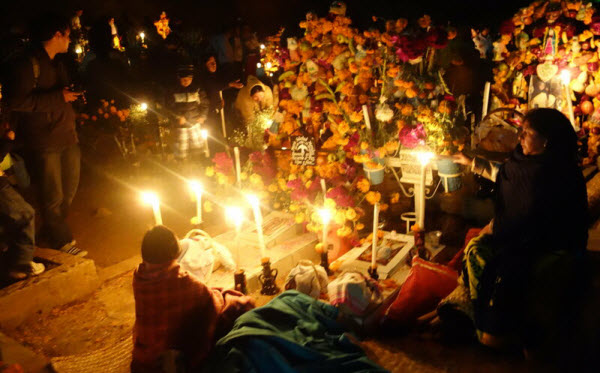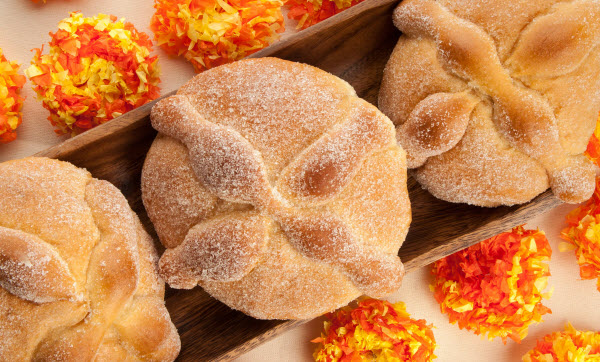While customs and traditions vary across the world, one concept unites them all—death. Cultures everywhere believe that life is temporary, and that we move on to another, more permanent existence. However, many cultures also hold the belief that there is a connection between the living and the dead, with the possibility of communication between the two realms. One of the most notable examples of this is found in Mexico, during the special celebration known as the Day of the Dead, which takes place annually on November 2nd. According to Mexican tradition, the gates of heaven open on this day, allowing the souls of the dead to visit their families for 24 hours. It’s no surprise that this day is considered a holiday, bringing together families and friends to welcome the spirits of their deceased loved ones. The day is marked by a variety of rituals, including prayers for the dead, recounting their memorable and humorous moments, and holding feasts with food and drink in their honor.



The Day of the Dead is the culmination of a three-day celebration that begins on October 31st, coinciding with Halloween, and extends through November 1st with the “Day of the Little Angels,” which is dedicated to deceased children. It concludes on November 2nd with the Day of the Dead, honoring all the departed. The roots of this celebration date back thousands of years to the funerary rituals practiced by ancient civilizations in Central America, such as the Aztecs, Toltecs, and the Nahua people. These cultures viewed death as a natural part of life, believing it inappropriate to mourn the dead. Instead, they saw death as part of a long journey. When someone died, they believed their soul traveled to the underworld, known as Chicunamictlan, where they had to overcome nine challenges before reaching Mictlan, the final resting place. This journey could take years, and families would assist the deceased by offering food, water, and other necessities to help them through these trials.



Over the centuries, these traditions have endured. Today, many modern Mexicans still believe that on the Day of the Dead, the barrier between the worlds of the living and the dead dissolves, allowing the spirits to return to enjoy food, drink, and music with their loved ones. In return, families treat their deceased relatives as honored guests by offering their favorite foods and other gifts on their graves, which are cleaned and decorated for the occasion. Some families choose to celebrate at home by setting up temporary altars, called ofrendas, which are often adorned with candles and vibrant marigold flowers believed to attract spirits. The altars also include water to quench their thirst after their long journey, along with food, family photos, and a candle for each departed relative. If the spirit is a child, toys may also be placed on the altar.



In addition to these preparations, participants typically dress in elaborate costumes and wear skull-shaped masks with eerie makeup. Special foods associated with the Day of the Dead include Pan de Muerto or “Bread of the Dead,” a sweet bread often flavored with anise seeds and decorated with bone-shaped dough, symbolizing the circle of life. Another popular treat is “sugar skulls,” colorful candies shaped like skulls in various sizes. Beverages such as atole and champurrado are commonly served, and families often drink the favorite beverages of their ancestors in their honor.



Traditionally, the Day of the Dead was celebrated primarily in rural areas and among Mexico’s indigenous communities. However, since the 1980s, the celebration has spread to urban areas and gained popularity in mainstream culture. This caught the attention of UNESCO, which in 2008 added the Mexican Day of the Dead celebration to its list of Intangible Cultural Heritage of Humanity. The festival has also been featured in global media, most notably in the 2017 Disney film Coco, which brought this unique tradition to a wider audience.
